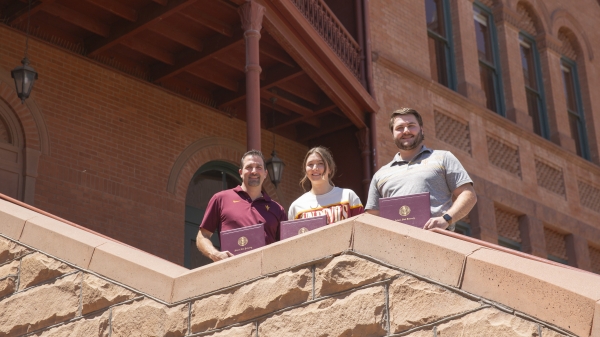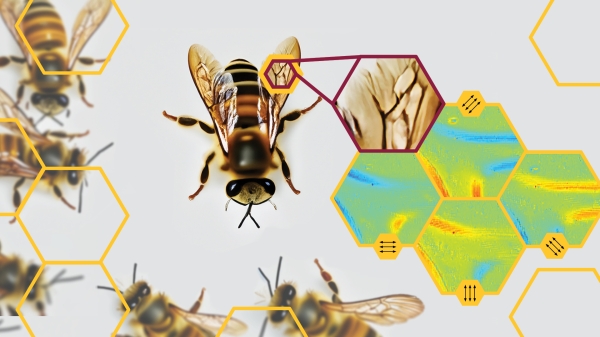Data analysis with ASU SKYSURF team earns high school student first published research paper

SKYSURF is the largest Hubble Space Telescope archive program to date. Courtesy image
High school students who are pursuing a degree in a STEM field usually focus on their coursework and SATs with the hope of getting accepted into a top research university. Once in college, they typically join research groups to apply their knowledge and publish their results in peer-reviewed journals.
Purvansh Bhatia, a recent graduate of BASIS Scottsdale, has already accomplished an impressive feat by having a research paper published. He is the lead author of a paper recently published in the American Astronomical Society journal.
“I'm elated that two years of my research with SKYSURF has produced this paper, and joining the group as a 10th grader, I never imagined that I would come this far,” Bhatia said. “I couldn't have done any of it without Dr. Timothy Carleton, who mentored me from an uninitiated student to an astronomical academic. Sincere thanks to him, Professor Windhorst, and everyone else who contributed to this paper.”
This achievement is particularly notable because it's the first time Rogier Windhorst, a Regents Professor in ASU’s School of Earth and Space Exploration, has had a high school student in his group conducting data analysis — let alone publish the findings as a first author of a refereed journal.
Bhatia collaborated with members of the SKYSURF research group, including research scientist Rolf Jansen, assistant research scientist Tim Carleton, and graduate associate Rosalia O’Brien, all from the School of Earth and Space Exploration.
“Purvansh Bahtia is one of those ultra-bright high school students from the BASIS school system, who did research in our group and got it published as lead author,” Windhorst said. “He found that the Sloan Digital Sky survey can predict which of our many thousands of Hubble SKYSURF images was affected by the bias of the observer who selected the Hubble target.”
As Bhatia’s high school chapter comes to a close, his recent publication achievement marks the beginning of his next chapter and promises a bright future in the field of STEM research as he embarks on his college career this fall.
More Science and technology

New ASU institute to create national cybersecurity hub
In 1788, 13-year-old Eugène-François Vidocq, the son of a wealthy merchant in Arras, France, stole his father’s set of silver plates. And so began a life of crime that resulted in dozens of…

From pizza pies to power plays: The rise of an engineering leader
Although he now holds the title of executive vice president of operations for Arizona Public Service Company, or APS, the largest electric company across the state, Jacob Tetlow had a humble…

Quest for microscopy advances aims to boost high-tech capabilities
One method for seeing beyond the capabilities of the human eye is polarimetric imaging. However, the standard design of polarimetric microscopes is bulky, large and hard to use outside of a…